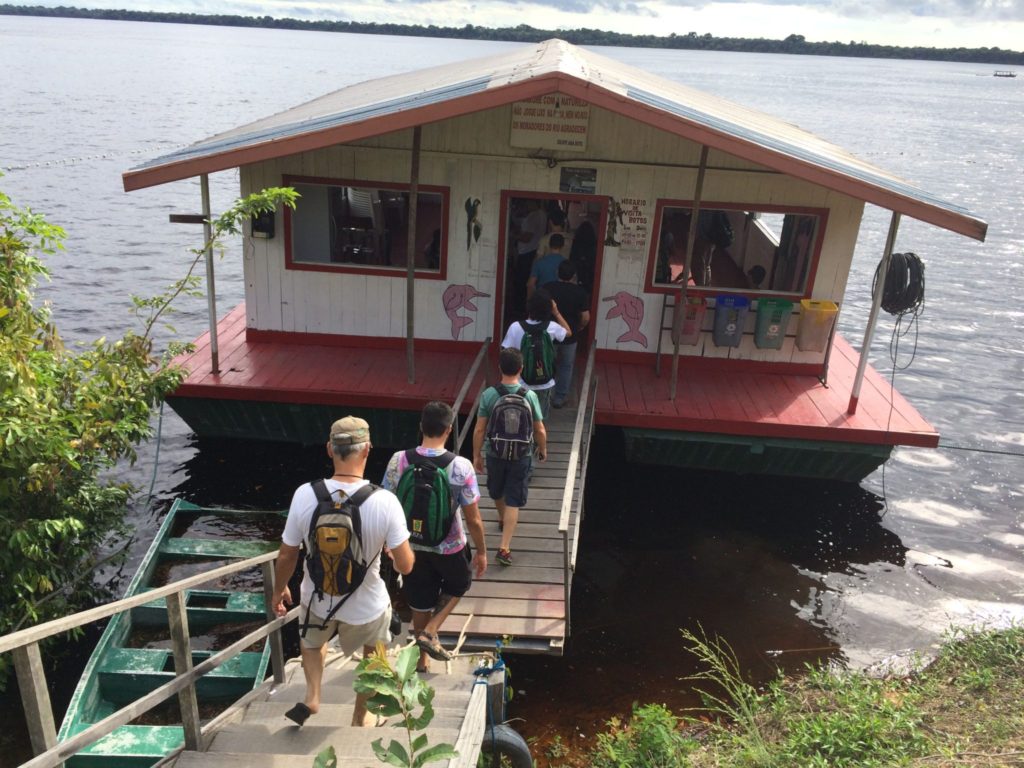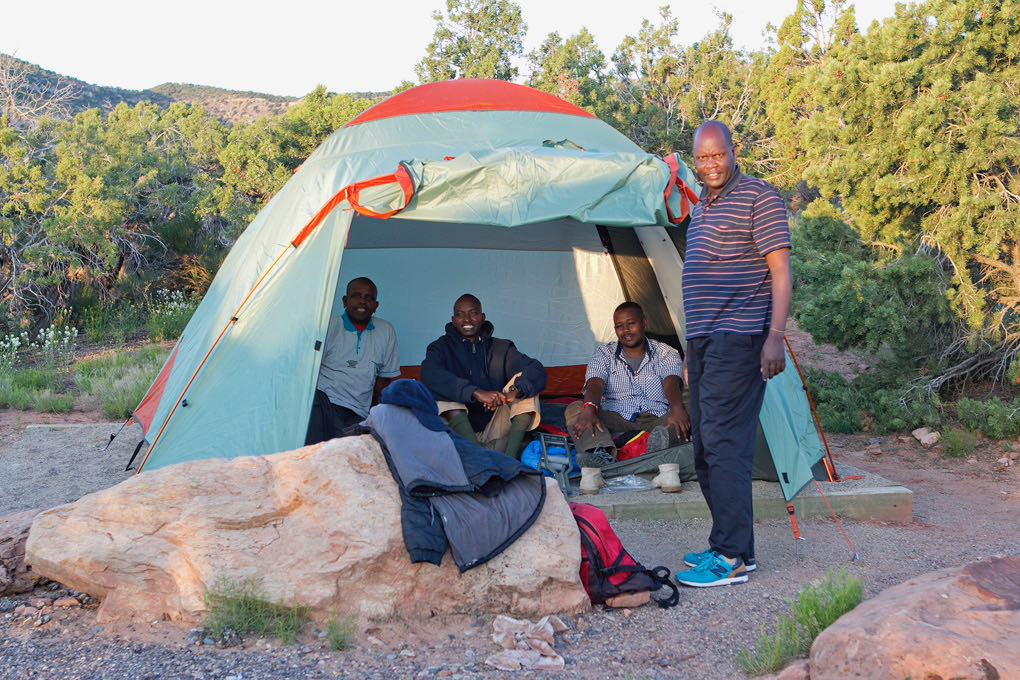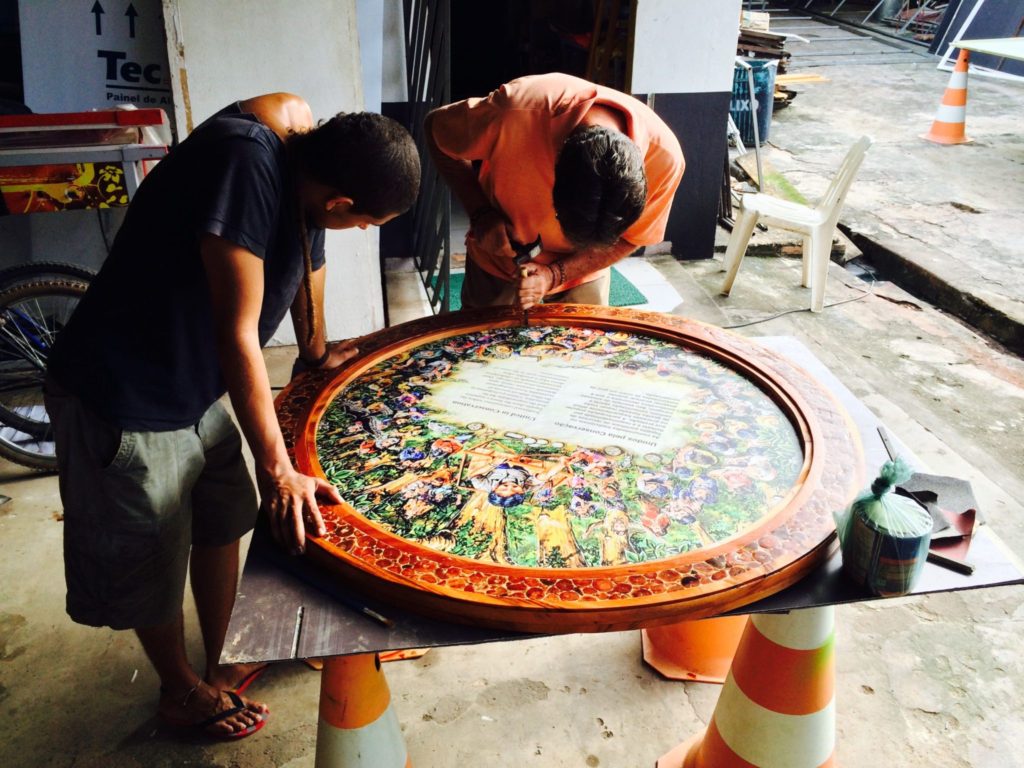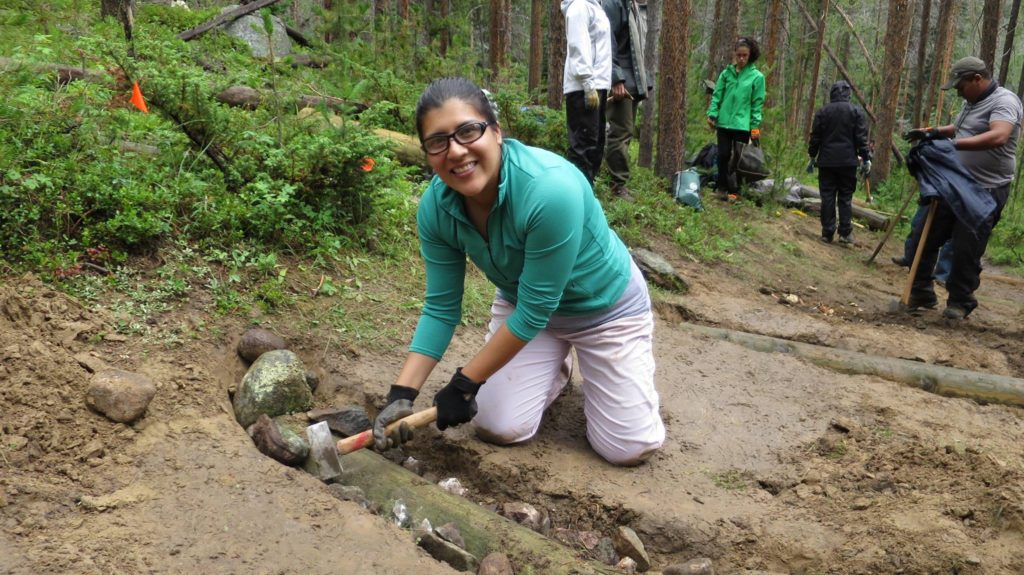Balancing the demand for public use of natural areas with adequate resource protection is a concern worldwide, especially as protected area staff are being pressured to create new revenue streams to augment often diminishing government support. The Center for Protected Area Management (CPAM) has a long tradition of collaborating with protected area managers, tourism authorities, the business sector and local communities to identify public use options that strike a balance between conservation objectives and recreation demand in areas ranging from pristine wilderness to rural landscapes while improving local livelihoods and diversifying local economies.


Public Use Planning
CPAM has worked iteratively for many years to clarify, refine, and adapt processes and techniques in conditions-based planning, collaborative planning, and public involvement to the context of participatory public use planning in Latin American protected areas. We have organized international short courses and workshops in these processes and techniques to protected area planners, directors, and professional-technical personnel, to assist them in prioritizing issues, defining desired outcomes in a precise, measurable way, monitoring results, and adapting management to respond to actual conditions. We also train managers in the use of experience-based management frameworks as a tool for visitation planning and management.
Interpretation
CPAM promotes the use of interpretation as a protected area management and public engagement tool. We work with partners to conduct interpretive planning at the site level and to implement interpretive plans by design and installing non-personal interpretive exhibits. We train also train guides and interpreters in best practices for interpretation programs, often in cooperation with the National Association for Interpretation, based in Fort Collins. Our courses and demonstration projects often use an in-country protected area as a model and case study, and have been given in Brazil, Belize, Chile, Uruguay, Honduras, Mexico, Ecuador, and El Salvador.


Infrastructure and Trails
CPAM is a leader in PA infrastructure planning, implementation, and evaluation in theory and practice, having collaborated on design, site selection, evaluation, and management of infrastructure at all scales from campgrounds and trails to visitor centers and administrative facilities. Trails, as one of the most readily identifiable infrastructure elements, are often developed with little attention to planning and maintenance. CPAM’s training program emphasizes trail development and management as a process rather than a series of independent management actions.
Partnerships
CPAM works to expand the use of public-private partnerships as part of business planning and economic scenarios for management of tourism and recreation in protected areas. We have work with partners to promote development and dissemination of good practices in public-private partnerships in tourism management and have held workshops and presentations on the subject in California, Mozambique, South Korea and Brazil.

Our courses on public use, recreation, and ecotourism planning can be customized to cover any of the following topics:
- Role of the carrying capacity concept in public use planning
- Meaningful stakeholder participation and transparency in decision making
- Identifying and prioritizing issues and opportunities
- Using public use zoning to define desired conditions
- Developing indicators of quality and standards (limits of change)
- Using management scenarios to weigh alternative futures
- Techniques for minimizing negative impacts and responding to change
- Plan implementation
- Developing a monitoring program
- Interpretive guide training
- Development of interpretive exhibits
- Interpretive messaging
- Trail management: including site analysis, financial analysis, and risk analysis
- Trail design, mapping, and layout
- Trail construction, monitoring, and maintenance
- Trail interpretation
- Sources of funding for recreation and tourism programs

